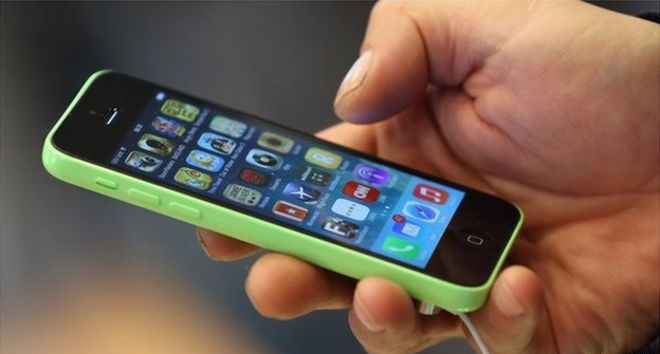Do You Have A Mobile Customer Service Strategy?
Thomas Rodseth, VP of Product & Marketing at Intelecom takes a look at why mobile customer service is important right now
Are you up to speed with how your customers want to communicate with you? Of course that might depend on who is considering that question. Marketing and digital teams have been talking about the mobile experience for a while now. For some this has meant focussing on responsive design to ensure the viewing options play well regardless of the size of screen. Others have gone down the app route and focussed on delivering services that are more easily consumed in an app format than a browser, such as mobile banking and shopping.
The same design challenges and questions are now moving up the priority list for customer service teams. Of course for purely online businesses this is nothing new. Delivering an effective m-commerce experience is essential. Service fits into that paradigm of real time responsiveness. However the rest of us are catching up in recognising and responding to the massive swing towards mobile behaviour that has been the hallmark in our adoption of digital lifestyles.
Here is a staggering statistic to show the speed of change in Europe.
The number of European consumers regularly using contactless mobile payments has tripled in twelve months. In 2016, 54% of consumers surveyed regularly used a mobile device to make payments for a range of activities, compared to just 18% in 2015 (source: Visa’s 2016 Digital Payments Study).
Surely if we are comfortable using a smartphone or tablet to buy something, are we not also expecting to resolve service issues in the same way?
In the UK, smartphone penetration is now 81%. Just 12% still use feature phones. Over half of UK adults now have a 4G connection. Wifi is ubiquitous. We can engage with brands at home, at work and on the move. Want to Tweet to check Heathrow flight times in the London underground? Of course you can.
By any definition, mobile adoption and in particular smartphone use has been the single most empowering technology for consumers. Our lives are changed as a result. Just look around a café, a bar, a railway carriage or resting area in a shopping mall. What you see are people on their smartphones. It is hard to imagine that of all things they are doing, you and your customer team are not being contacted on occasion.
This line of thinking can throw up some interesting questions you might want to find answers for.
– Is my customers’ smartphone use evenly spread or more concentrated in certain channels?
– How does usage compare between live assistance and self service?
– Is smartphone usage weighted towards certain segments as seen in the national profile?
Maybe you want to start with an even more simple question. What percentage of inbound enquiries originate from a smartphone? Maybe even more important is to test how that volume might increase if your service was mobile friendly.
We know it’s a smart move to mystery shop your own contact centre – sit in the queue or experience the IVR service. Do the same exercise over smartphone. What changes? For a start you probably won’t start by phoning your contact centre. Over 60% of us start with an online search. That’s smartphone behaviour for you – expecting to find anything, any time of day and night.
So what happens when you search for an answer? Does a likely one appear in the search results? If not, what’s the experience of hunting down answers in a service portal on a five inch screen? Mobile bounce rates show consumers are massively less forgiving on their smartphone than on a laptop.
So what’s to be done? Some of the inputs to help craft new service experiences might include Dynamic FAQs, intelligent assistance and Visual IVR. Maybe ‘click to connect’ will help deliver a more tightly integrated omni-channel experience. Certainly transitions from self service need to be intuitive and well signposted.
Best practice mobile service design is not a straight forward duplication for what previously worked. Smartphone functionality offers great scope for creativity. Key to sustained uptake though is the challenge of making it as fast, intuitive and effective as possible. Responsive design, SEO, visual service options and optimised knowledge management can all contribute to this end.
Intelecom has also written a whitepaper on mobile customer service which digs further into the detail. We hope you will download it and learn more about what it takes to deliver great mobile customer service.
Additional Information

Intelecom is a leading provider of cloud-based contact centre solutions. With approaching two decades of experience, Intelecom was one of the first to develop a cloud-based contact centre. Highly flexible and scalable, Intelecom can be adapted to accommodate one to several thousand concurrent agents using any device, in any location and integrates with multiple applications seamlessly.
Intelecom is one of the few contact centre solutions that is completely multi-channel. Intelecom agents can respond to Phone, Email, Chat, Social Media and SMS enquiries all within the one application.
For additional information on Intelecom visit their Website or view their Company Profile





